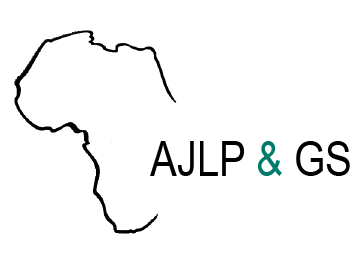Gouvernance Foncière Et Respect Des Us, Coutumes Et De La Tradition Au Mali : Cas De La Commune Du Mandé
Context and backgroundThis study focuses on land governance in Mali, particularly customary land in rural areas because of its importance in the development of agriculture, which occupies more than 80% of the population. The Malian State has undertaken reforms in order to secure customary land through their recognition and confirmation. Our study, through a systemic analysis of documentary data and field surveys, consisted in listing these reforms in order to see how they take into account socio-cultural realities. How are these measures perceived by local people? What are their effects?


